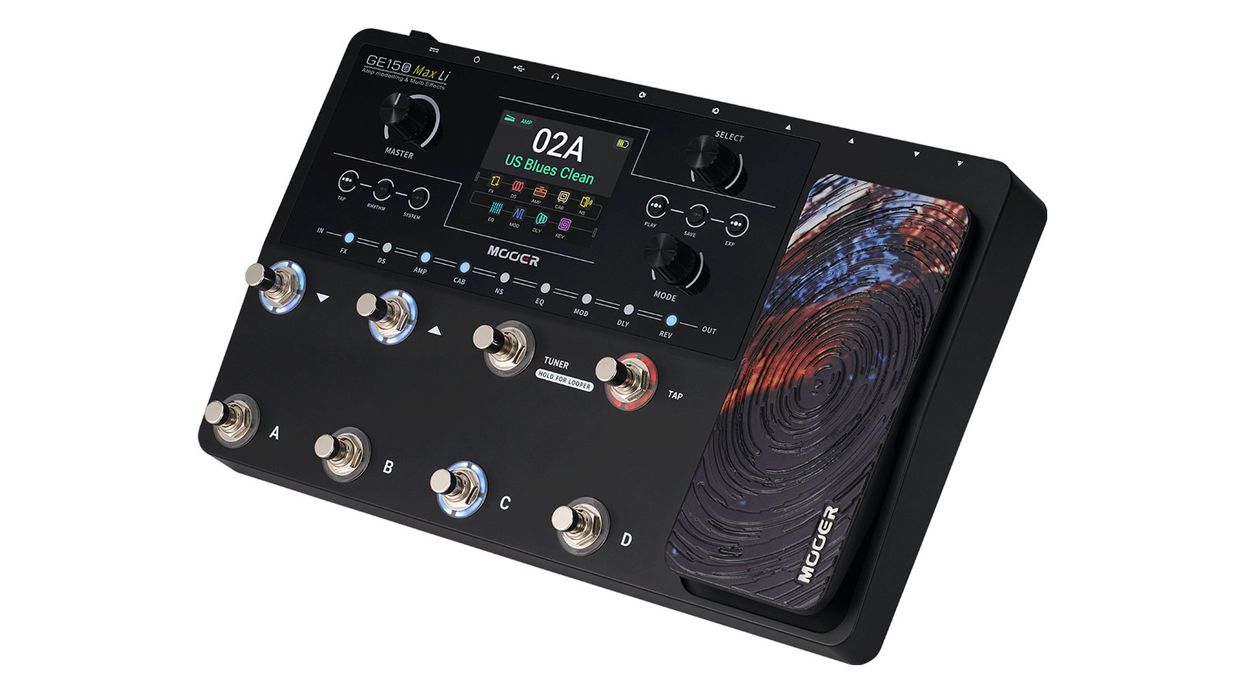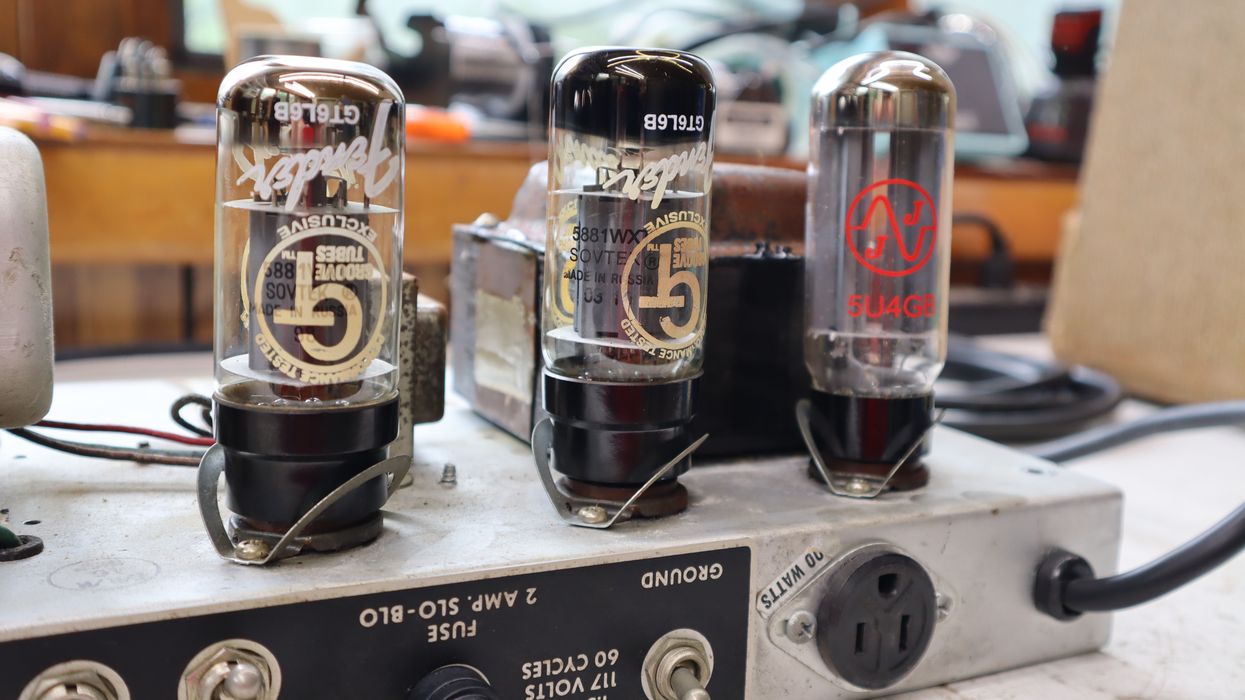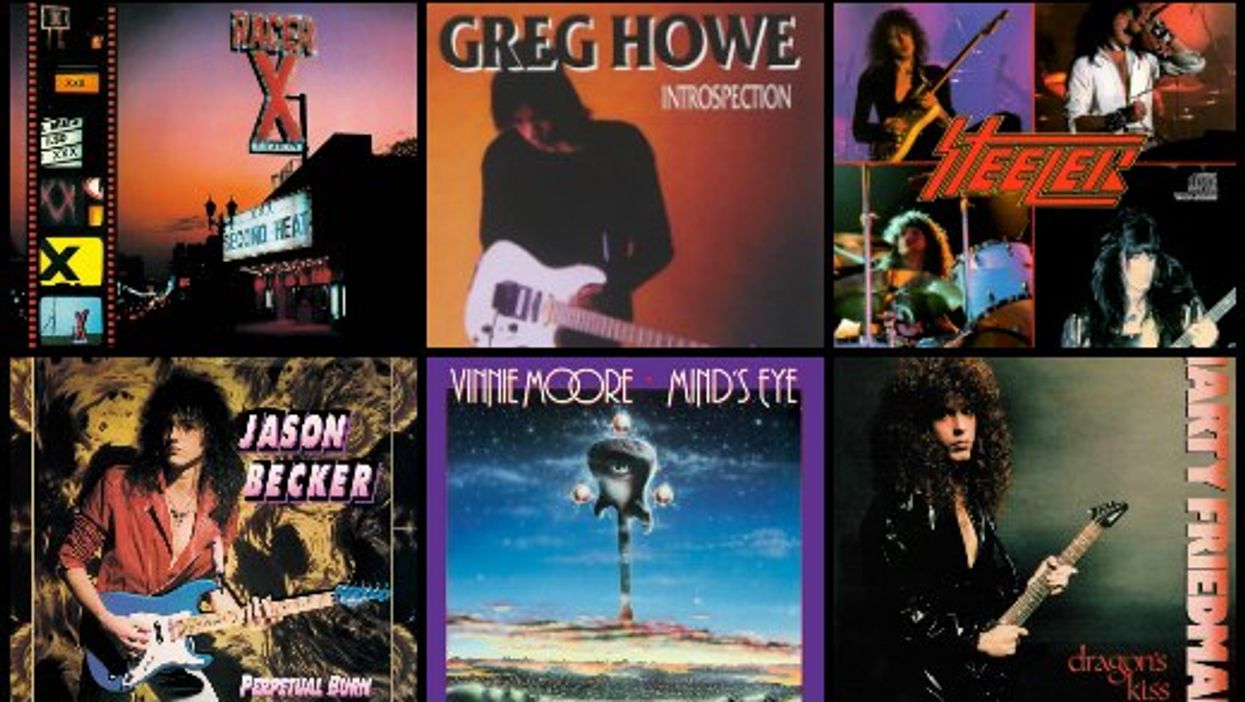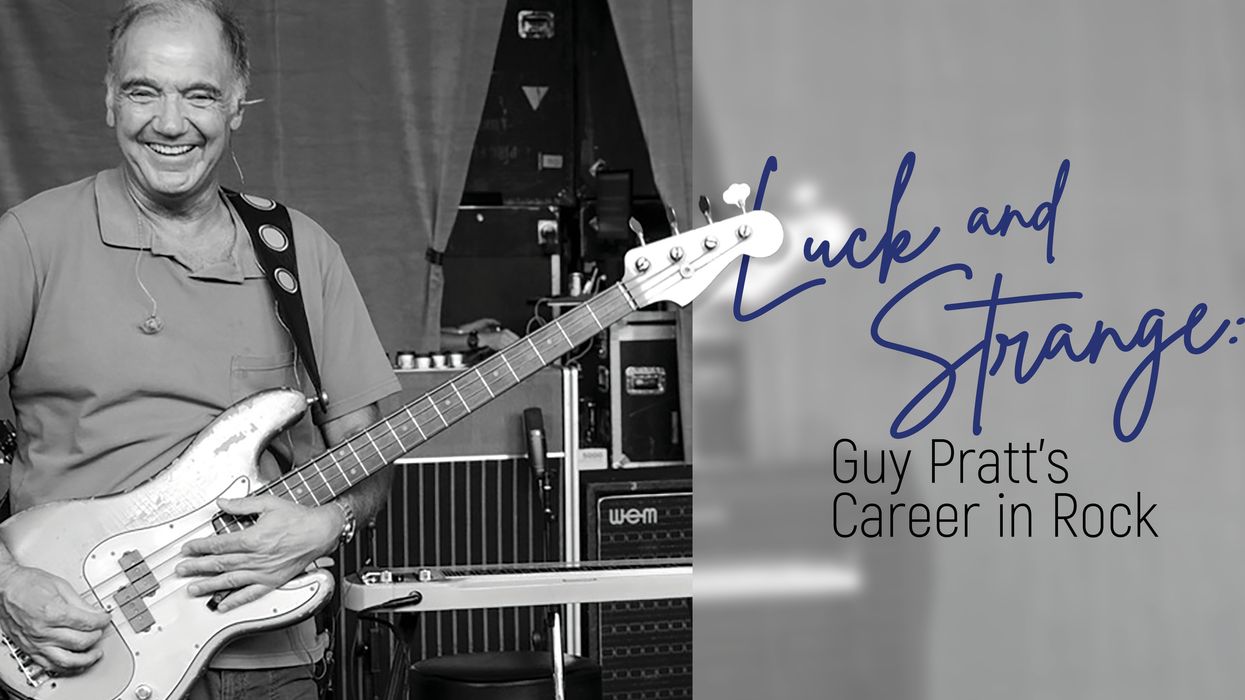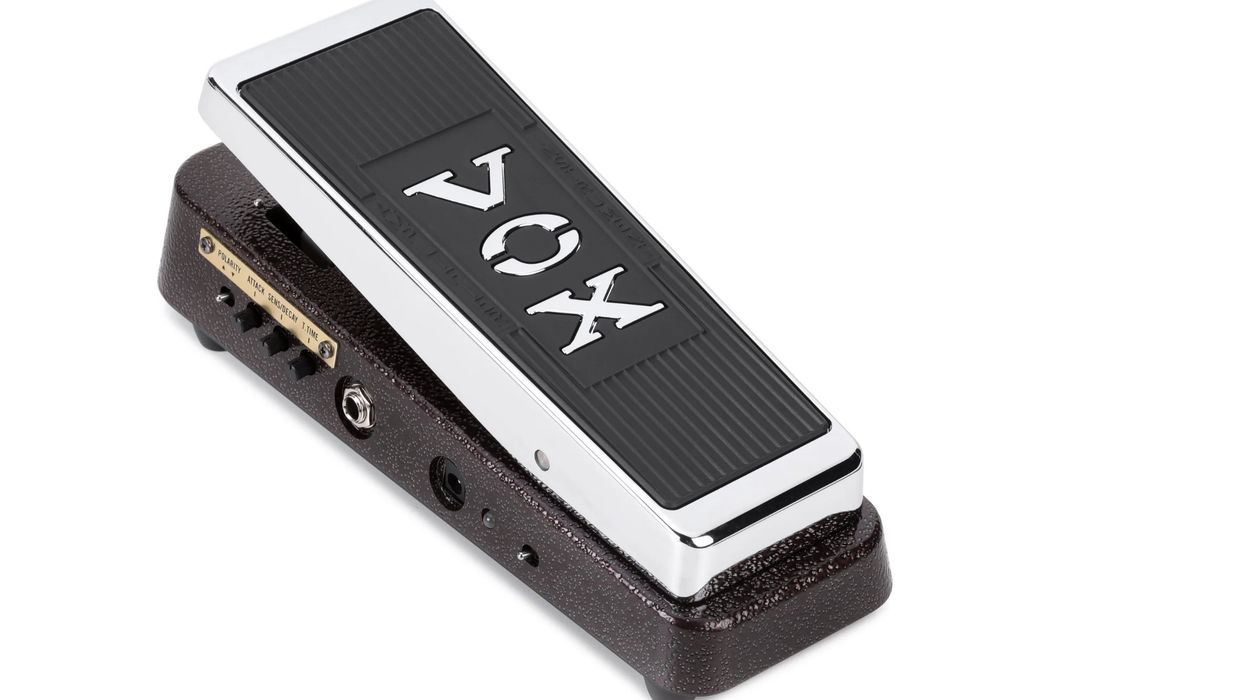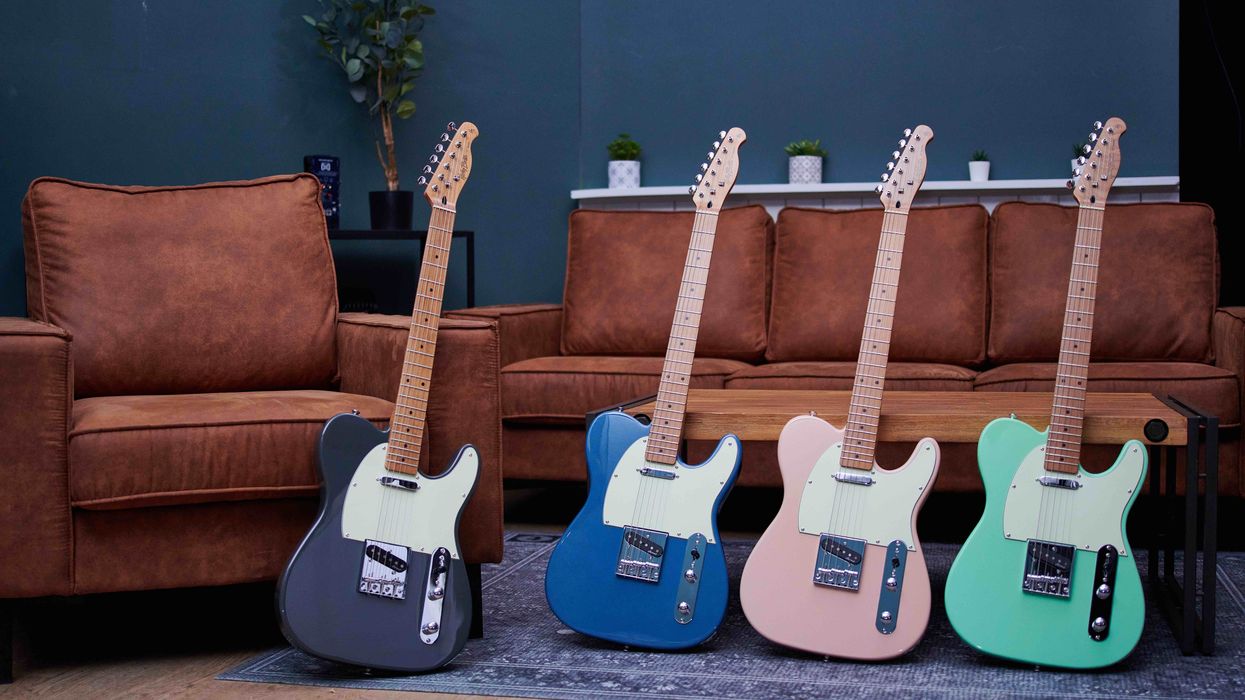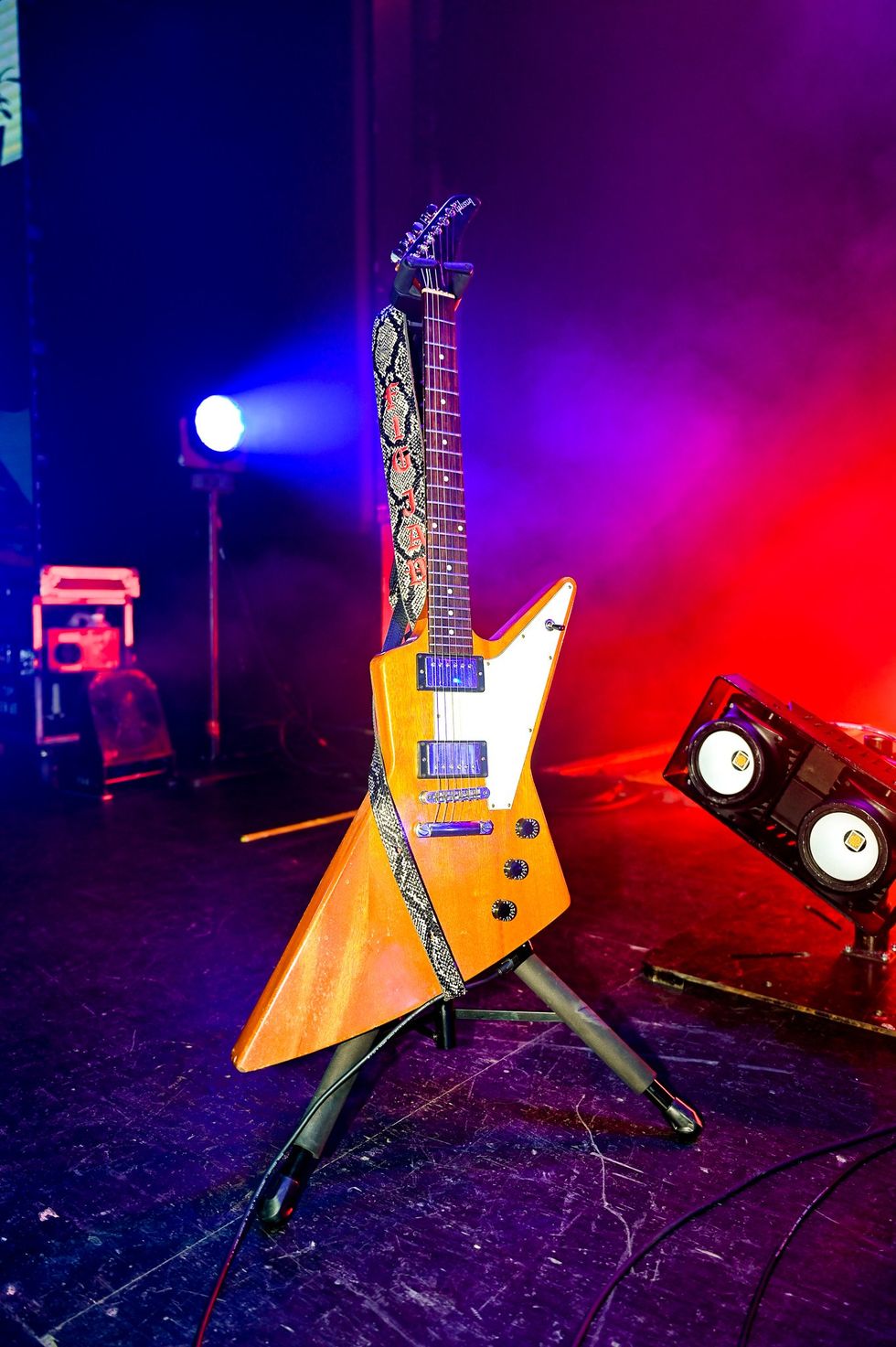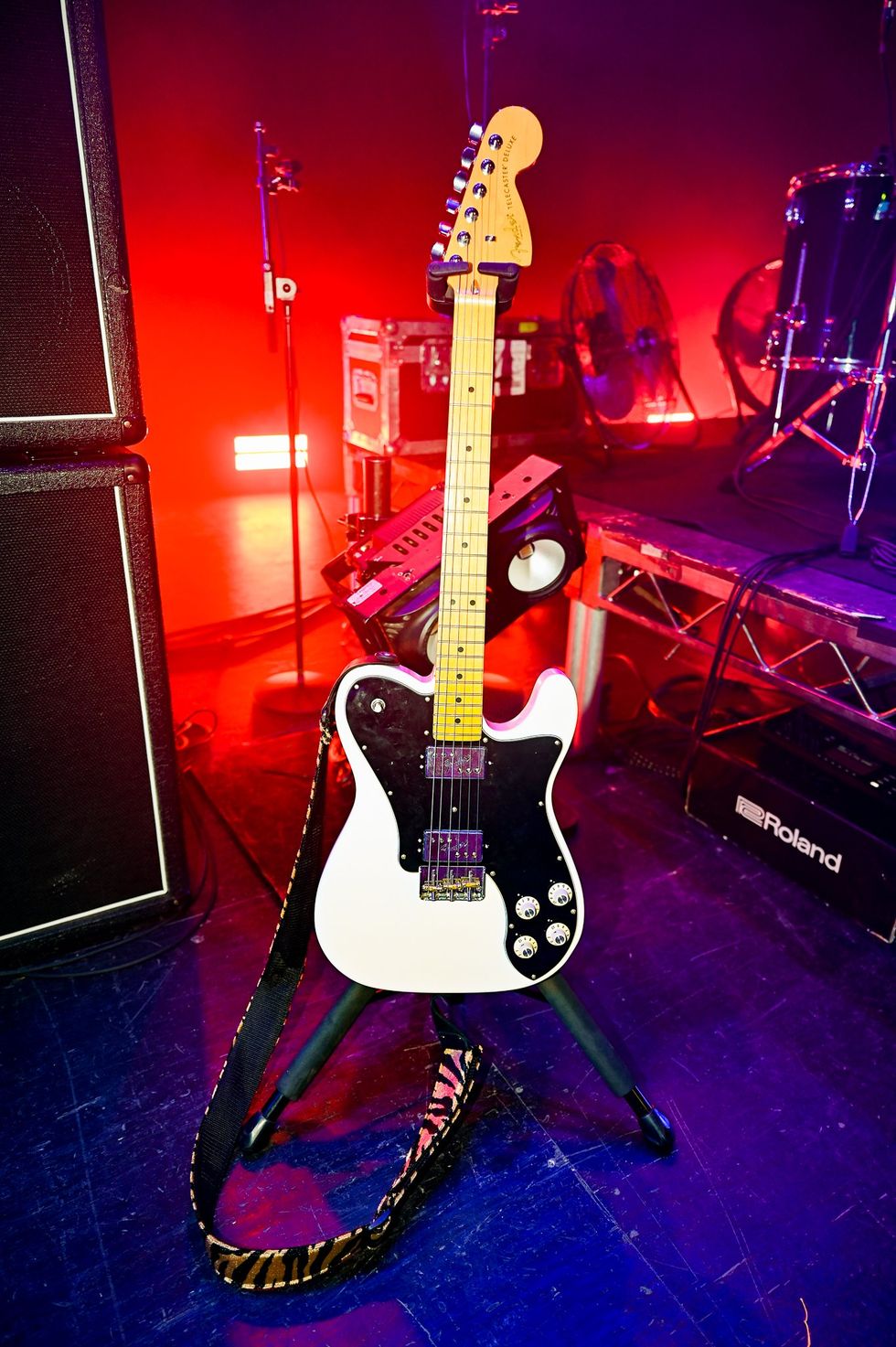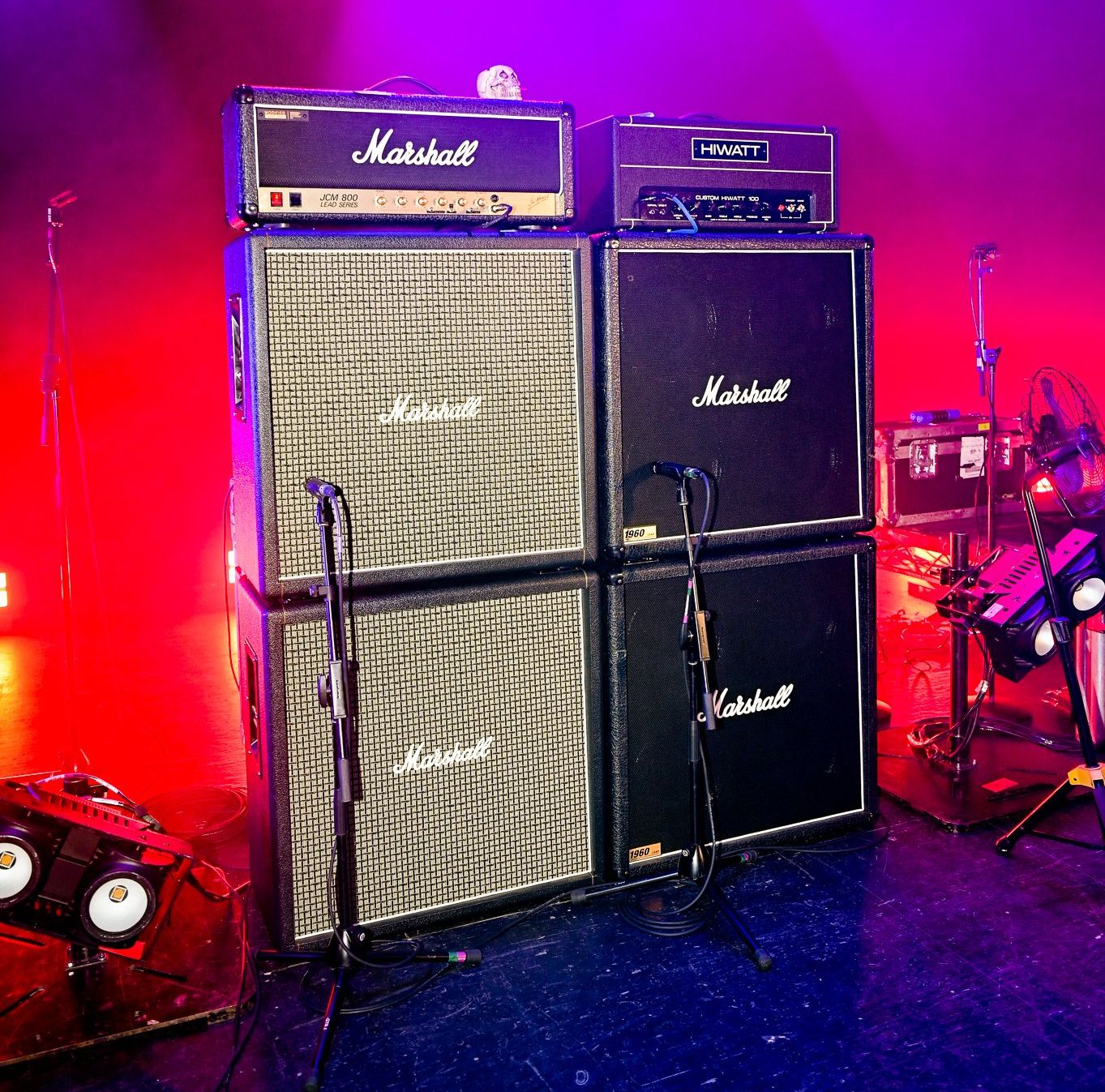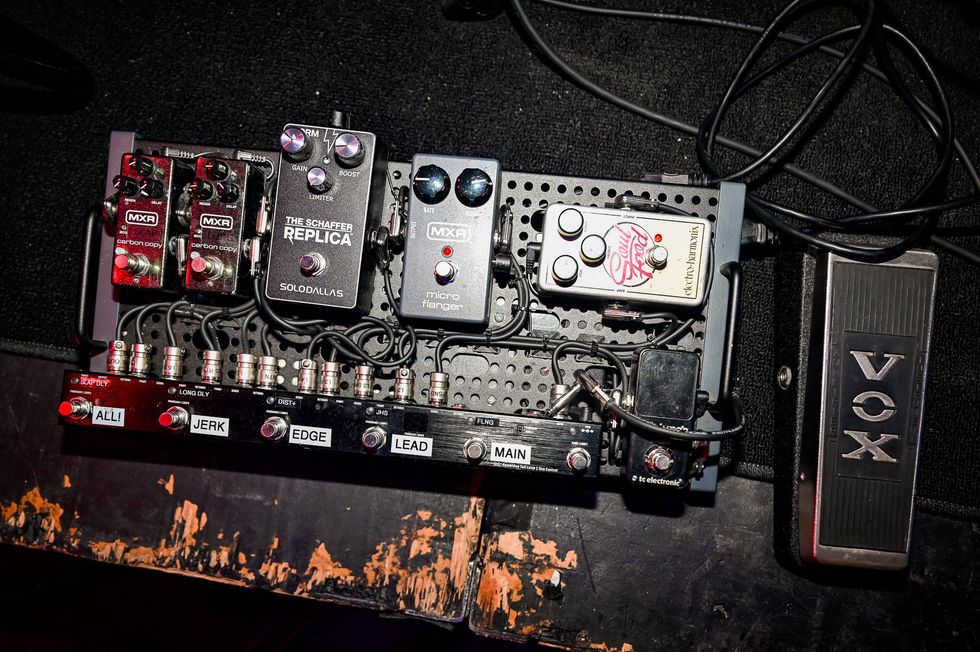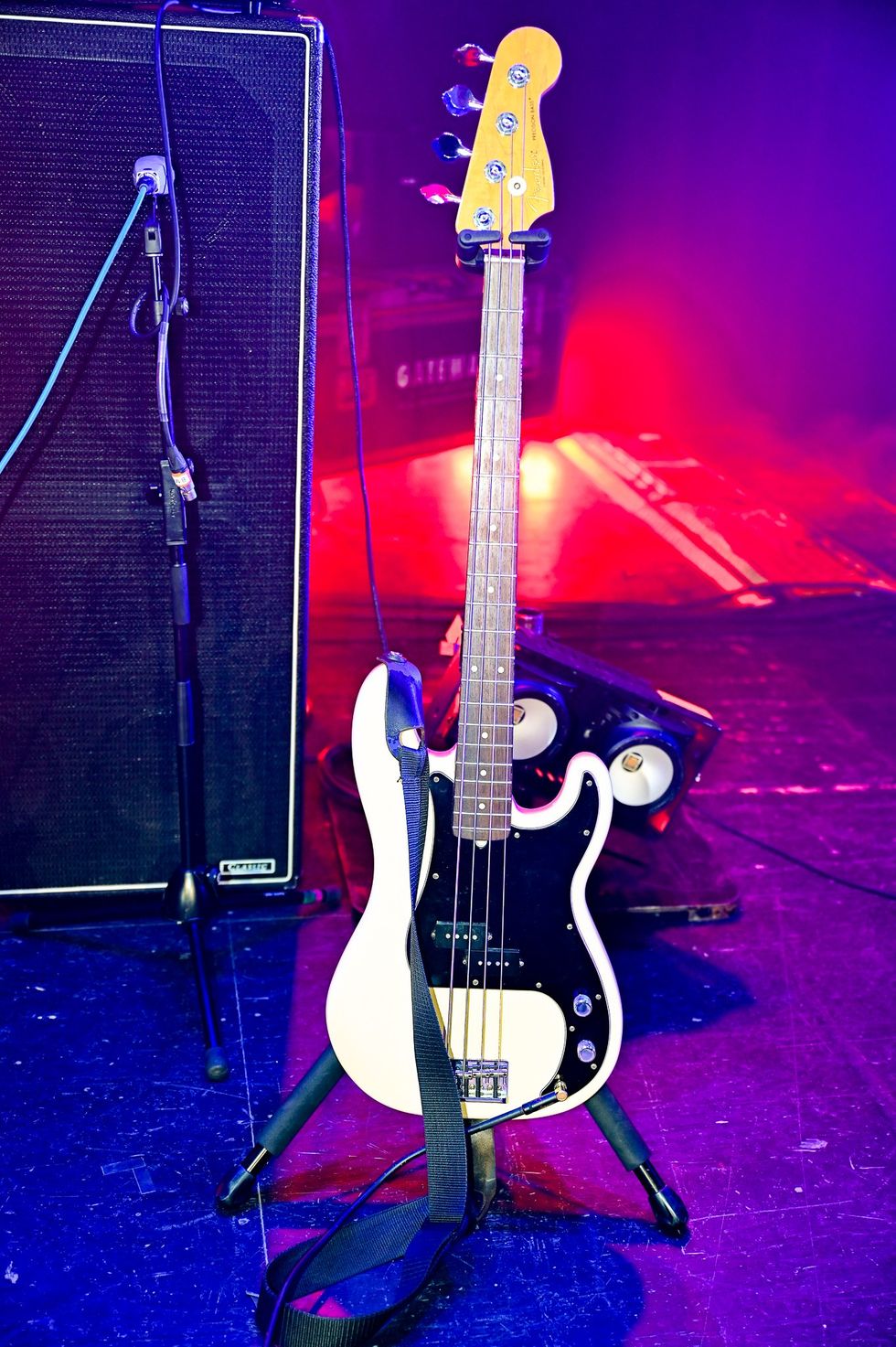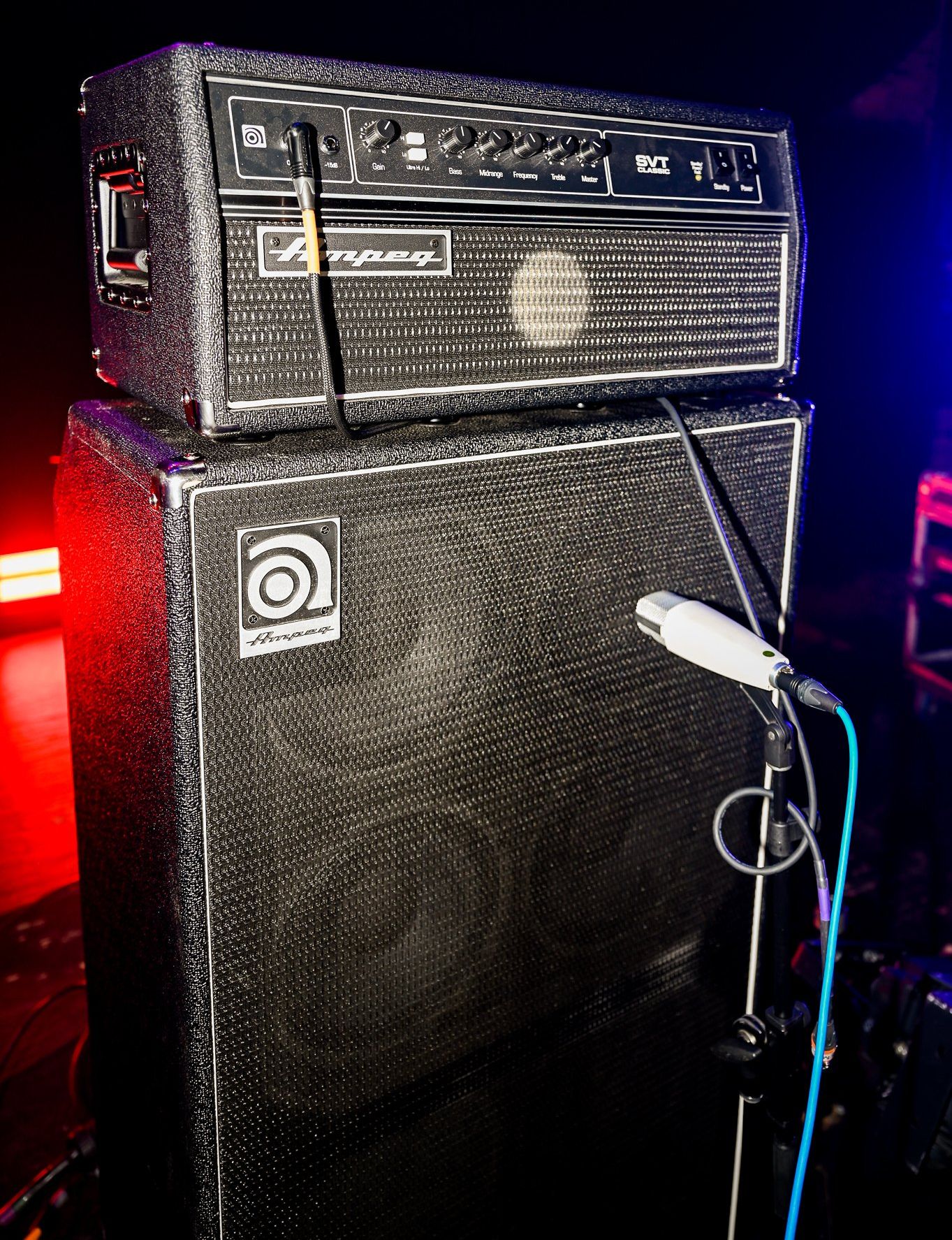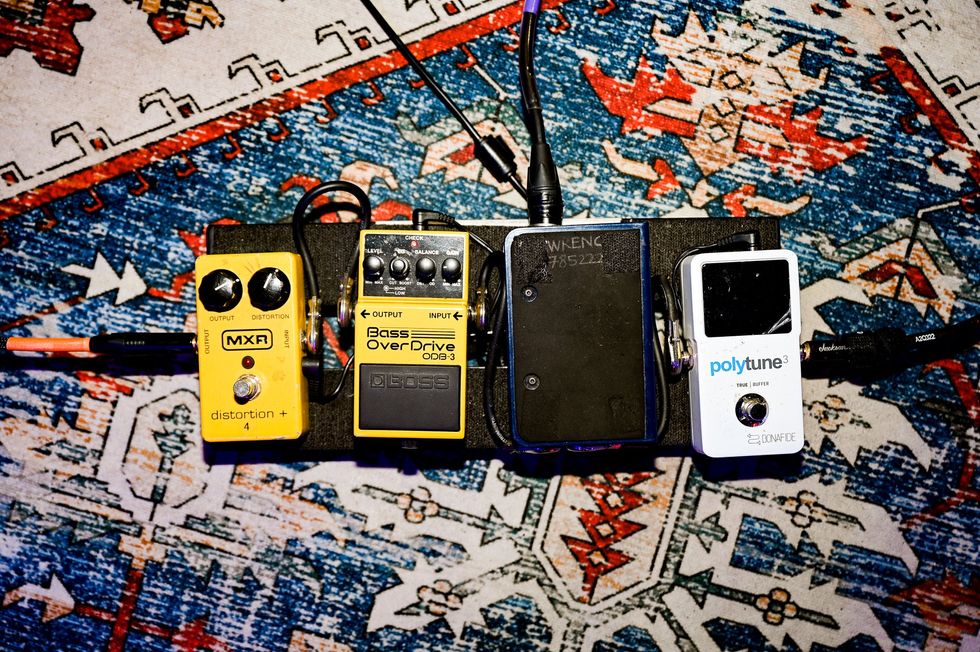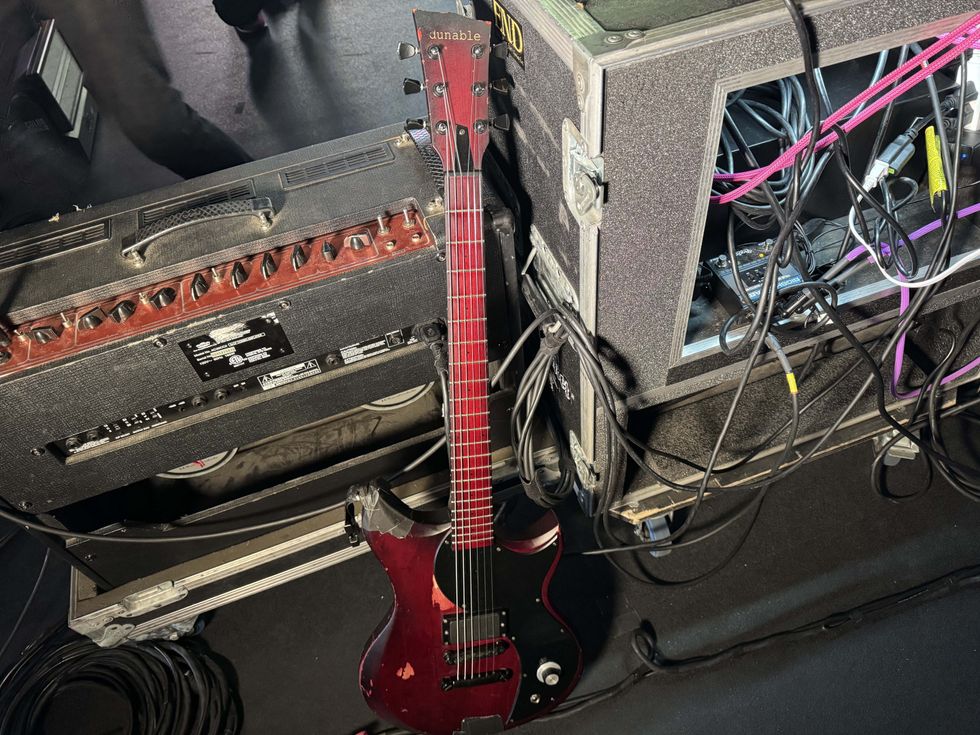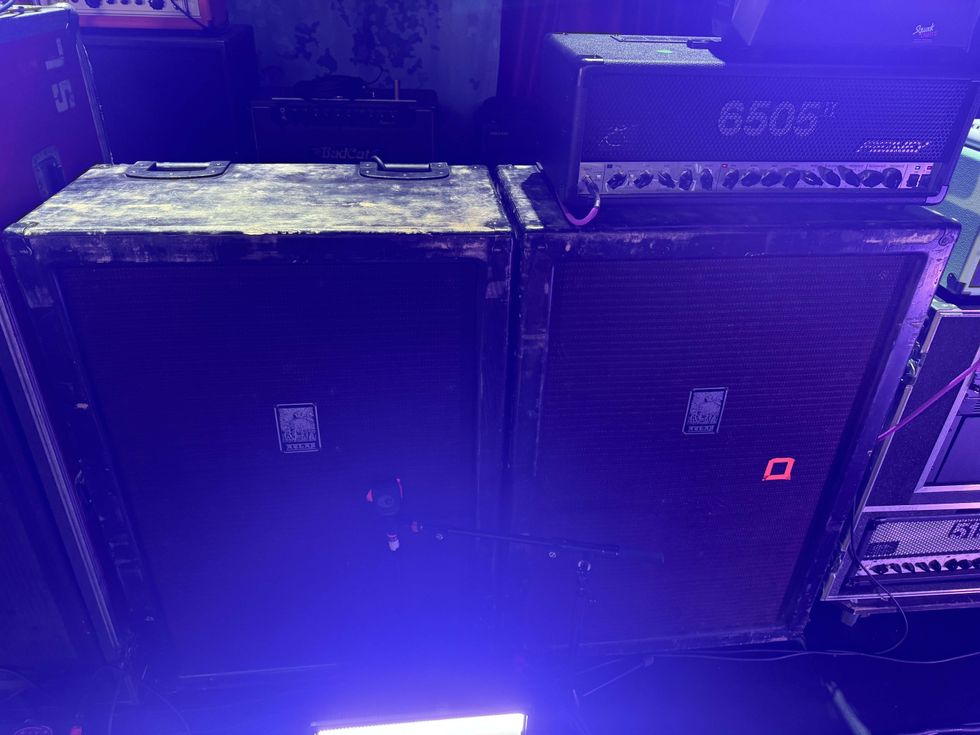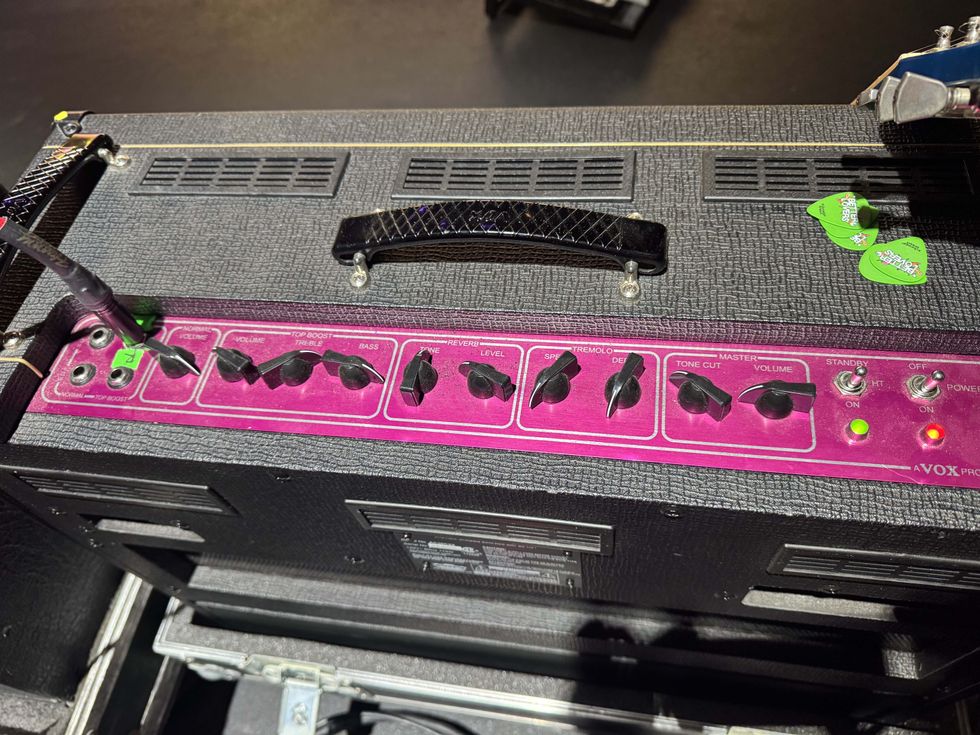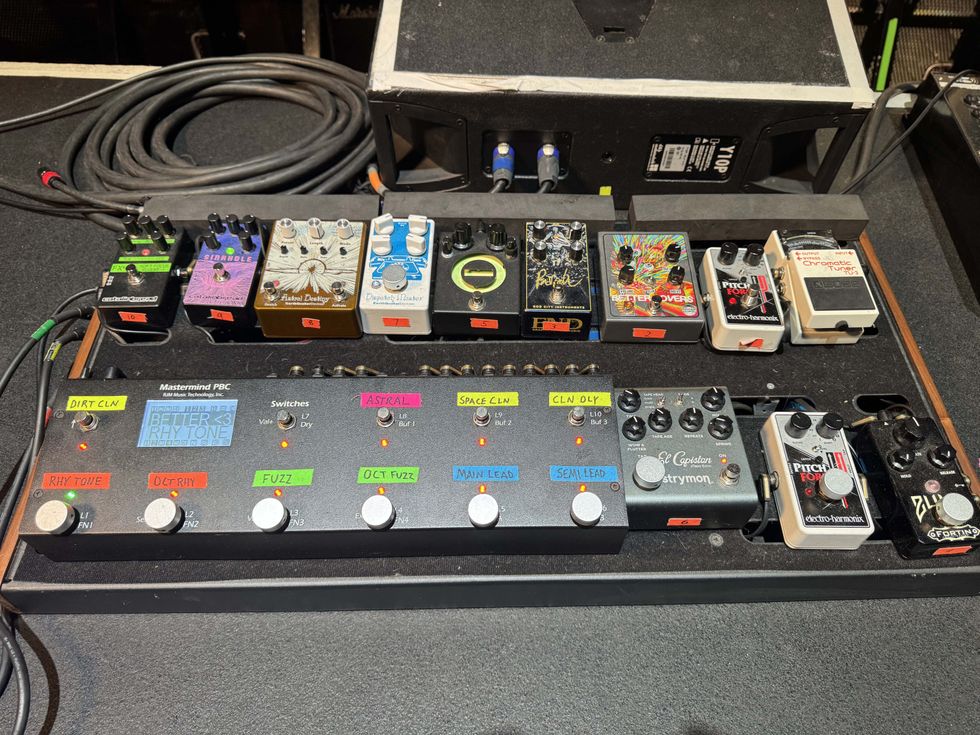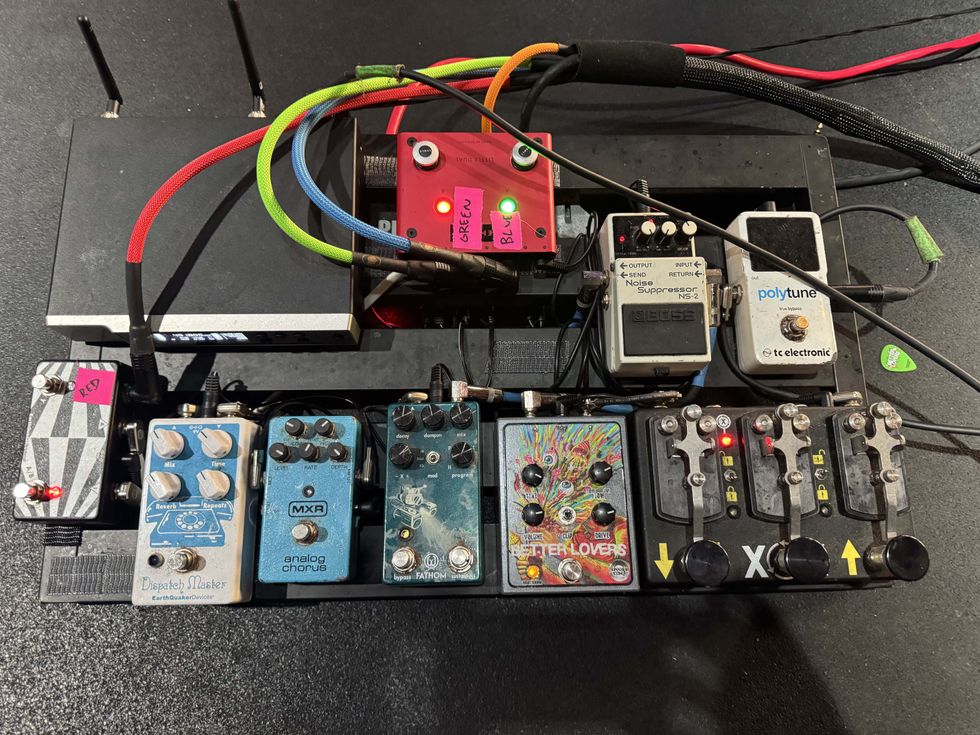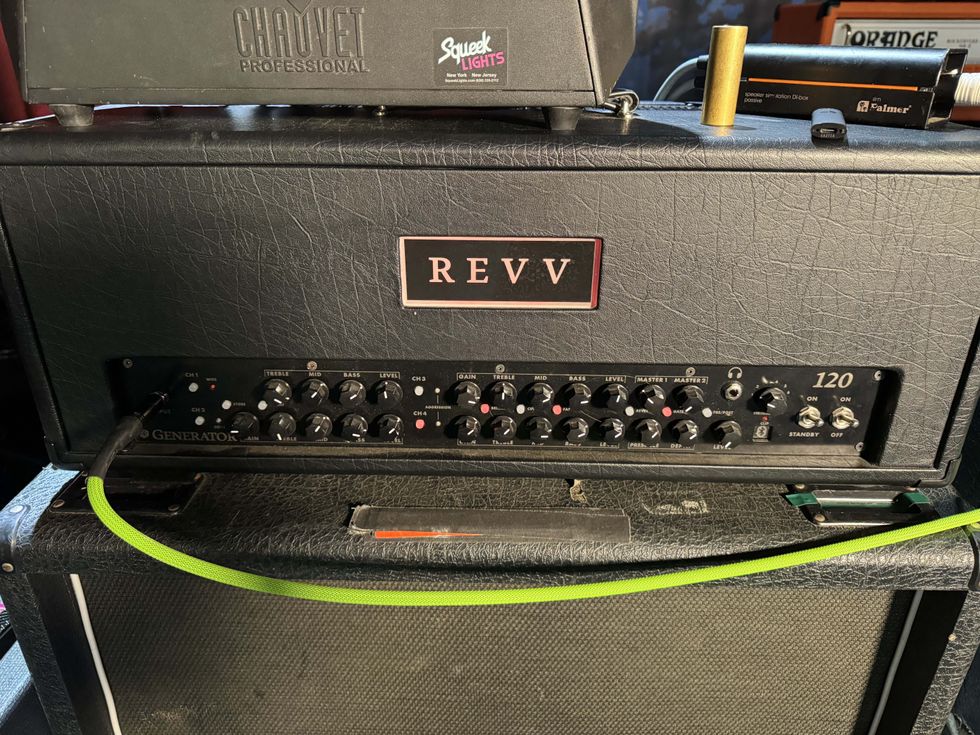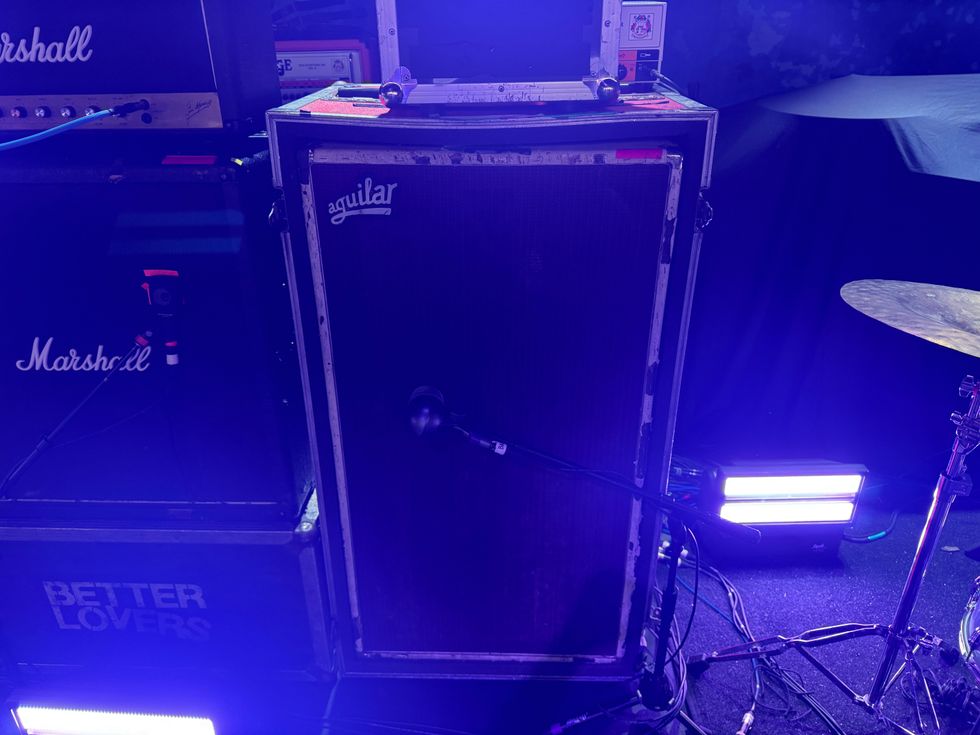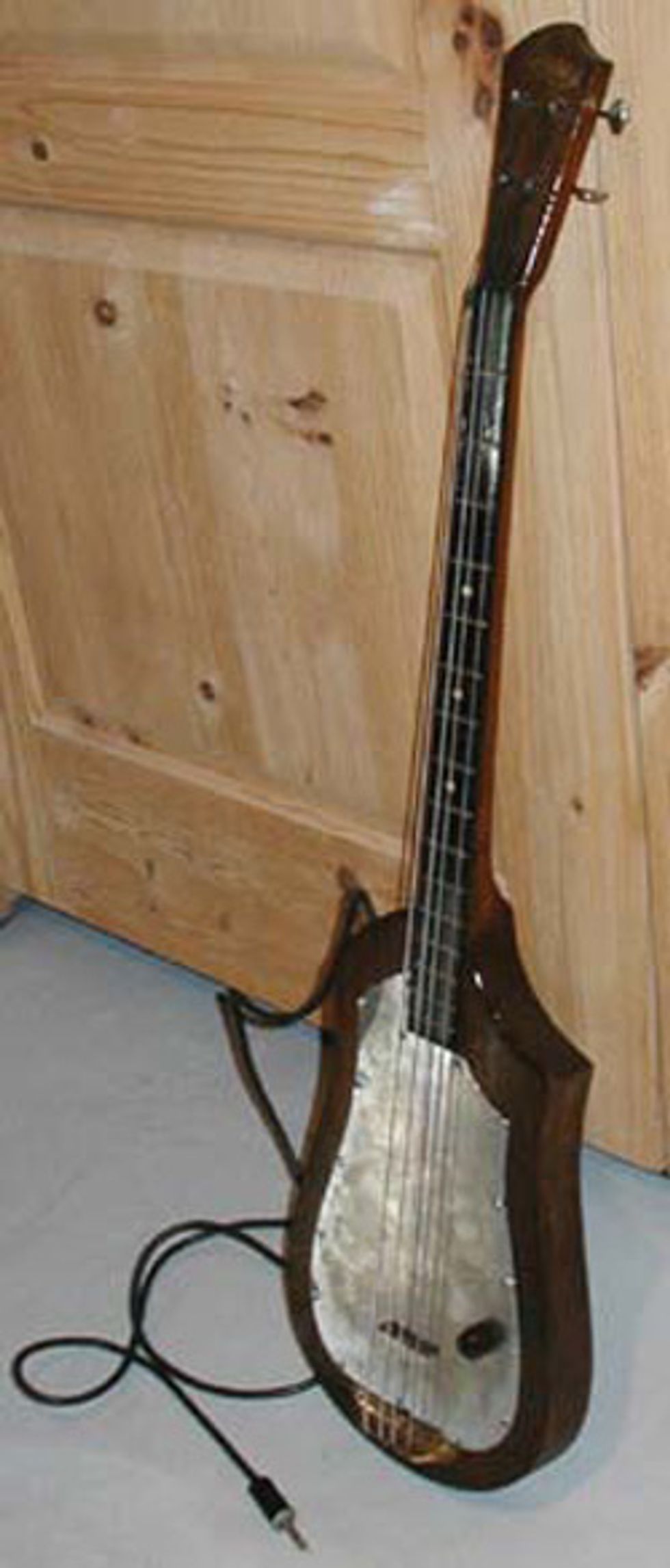 |
So how did we get here?
The question we are concerned with is how we got to the first electric bass guitar—the “Spanish-style” instrument that’s played on its side, across the body, rather than upright. The bass guitar is a major leap in evolution from the upright bass. Without the bass guitar, there would be no McCartney, Entwistle, Flea, or Claypool. In last month’s column, we looked at the 1930s and the earliest attempts to electrify the bass. The instruments we looked at were all modeled on the upright bass viol—the doghouse.
Who was the first guy to say, “A bass, electrified, doesn’t really need a resonant body. We could make a bass out of a solid plank of wood and string it up with a fretted guitar neck”? The common answer to that question would be Leo Fender. The Precision bass, a fretted, solidbody instrument, was introduced in 1951 and is perhaps one of Fender’s greatest gifts to music. He perfected this new instrument.
Notice I say perfected. Leo Fender was not a great inventor, but he was a great innovator, meaning he took existing items and made changes to them that enhanced their performance. There’s a sizable cabal of writers, collectors, and historians who devote their time to finding specific origins of “where Leo got the idea.”
But enough pontification. Do you want to know who invented the electric bass guitar? (All three words must be present to win.) Here’s the answer: Paul Tutmarc.
And here’s the story: In the 1930s, Seattle had a thriving music scene made up of mostly amateur players interested in the latest styles of jazz, country, Hawaiian, and gospel music. This scene coincided with the advent of electric instruments. Peter Blecha, former curator of the Experience Music Project, also located in Seattle, has spent decades chronicling the people, the music, and the businesses involved in this scene. In the early ’80s, Peter began sharing his historical findings and memorabilia with the public. At an exhibit he was approached by a gentleman by the name of Tutmarc, who said his father invented the electric guitar.
As it turns out, the man was Bud Tutmarc, the son of Paul Tutmarc, who had been a musician in Seattle in the 1930s. Bud had a stack of photos showing his family playing early electric instruments. In one of the photos, Bud’s mother was playing an odd four-stringed instrument.
Blecha had heard rumors of an electric instrument maker from Seattle in the 1930s, but here was proof. Over the next few years, he kept in touch with Bud Tutmarc and kept his eyes and ears open for examples of these phantom instruments. In 1990, he came across an example of one of the lap steels—it bore the Audio-Vox brand and said “Seattle” on it. Connecting the dots, Blecha realized Bud Tutmarc had been telling the truth. Now with something real to look for, Blecha began scouring Pacific Northwest shops, eventually finding more Audio-Vox instruments. Over the years he accumulated a nice little stash.
One day in 1997, Blecha got a call from the owner of a junk shop he frequently bought from. The owner said he had another Audio- Vox, but an odd one—one with only four strings. Light bulbs went off in Blecha’s head and he ran to the shop. It was the first Audio-Vox bass to have surfaced, and the earliest known example of the electric solidbody bass guitar.
Dating from 1936, the Audio-Vox bass is made out of black walnut. Technically, it is a neck-through construction with wings glued onto the body. The pickup is a dual-coil horseshoe, wired for hum canceling (that’s right—a humbucker). The bass has a 30 5/16" scale with a fretted fingerboard. Fretted, solid, Spanish-style, electric. What more do you want?
Blecha says the bass plays and sounds like an electric bass, just as you would imagine. Today, the bass has its home at the Experience Music Project. You can hear it for yourself at empsfm.org.
Wallace Marx Jr.
Wallace Marx Jr. is the author of Gibson Amplifiers, 1933–2008: 75 Years of the Gold Tone. He is a lifelong musician and has worked in all corners of the music industry. He is currently working on a history of the Valco Company. He is a children’s tour guide at the Museum of Making Music, a struggling surfer, and he once hung out with Joe Strummer.

